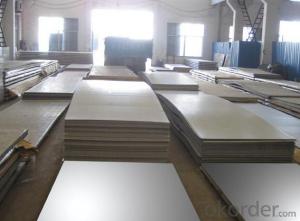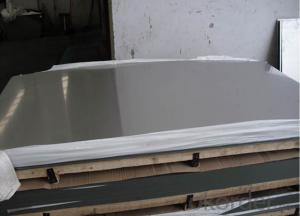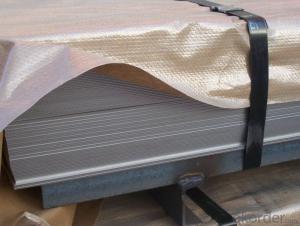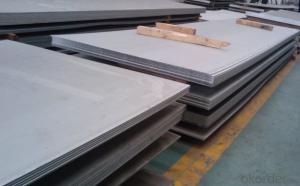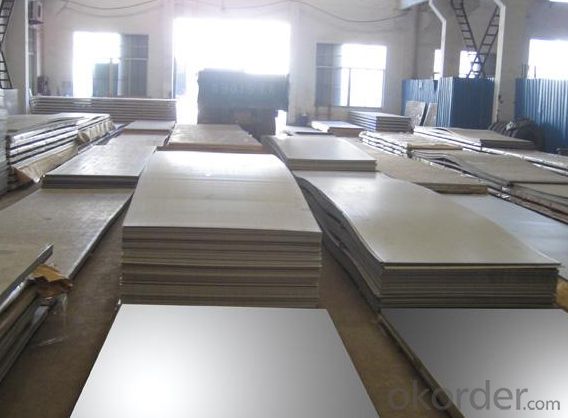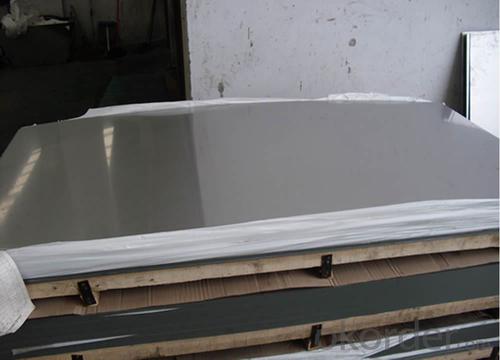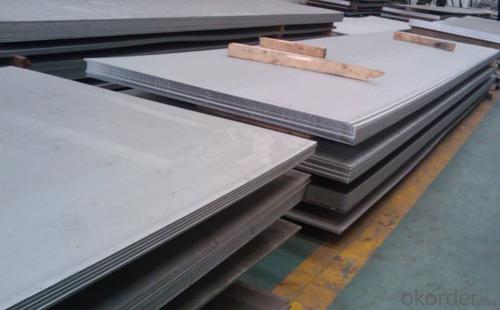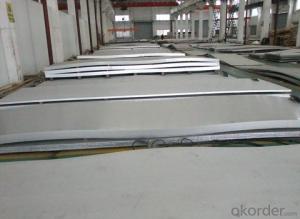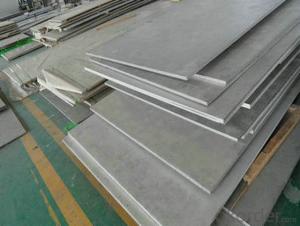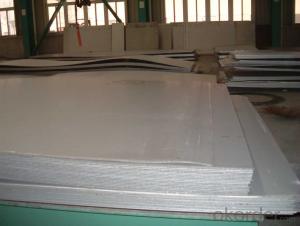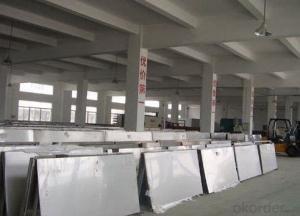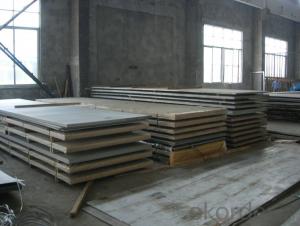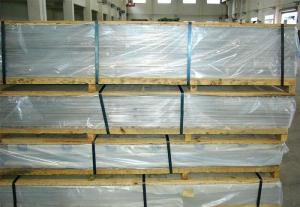Stainless Steel Sheet Food with Low Price
- Loading Port:
- Shanghai
- Payment Terms:
- TT OR LC
- Min Order Qty:
- 10000 m.t.
- Supply Capability:
- 5000000 m.t./month
OKorder Service Pledge
OKorder Financial Service
You Might Also Like
Hot sale stainless steel sheet 201/202/304/304l/316/316l/430 in china alibaba
Product Description
Stainless steel sheet Detailed introduction
Description | steel sheet,hot rolled steel sheet,cold rolled steel sheet, steel sheet,sheet,steel plate |
Standard | ASME, ASTM, EN ,BS,GB,DIN, JIS etc |
Application | Steel sheet applies to construction field, ships building industry, petroleum & chemical industries, war and electricity industries, food processing and medical industry, boiler heat exchanger, machinery and hardware fields. |
Packaging | Standard export sea-worthy packing |
Delivery time | 10-30 days |
Quality | No.1 |
Productivity | 500 tons/Day |
Note | Our company has cooperative relation between the domestic agents. Stainless steel sheet can be made accordingto the customers requirements. Fasten delivery. Quality assured. |
Contacts | If you have any question,please feel free contact me. |
Stainless steel sheet surface finish characteristics
Surface finish | Characteristics and application |
2B | The surface brightness and flatness of no2B is better than no2D. then through a special surface treatment to improve its mechanical properties,No2B could nearly satisfy comprehensive uses. |
No.1 | Polished with abrasive belt of grit#100-#200, have better brightness with discontinuous coarse stria, used as inner and external ornaments for building, electrical appliances and kitchen utensils etc. |
No.4 | Polished with abrasive belt of grit #150-#180,have better brightness with discontinuous coarse stria, but thinner than No3, are used as bathtub buildings inner and external ornaments electrical appliances kitchen utensils and food processing equipment etc. |
HL | Polished with abrasive belt of grit #150-#320 on the NO.4 finish and has continuous streaks, mainly used as buildings ornaments elevators, door of building, frontal plate etc. |
BA | Cold rolled, bright annealed and skin-passed, the product have excellent brightness and good reflexivity like mirror, kitchen apparatus, ornament etc. |
8K | The product have excellent brightness and prefer reflexivity can to be the mirror. |
Application :
•Escalator, Elevator, Doors
•Furniture
•Production tools, Kitchen appliances, freezers, cold rooms
•Auto Parts
•Machinery and Packaging
•Equipment and Medical devices
•Transport system
Product Details:
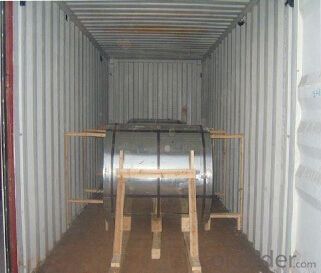
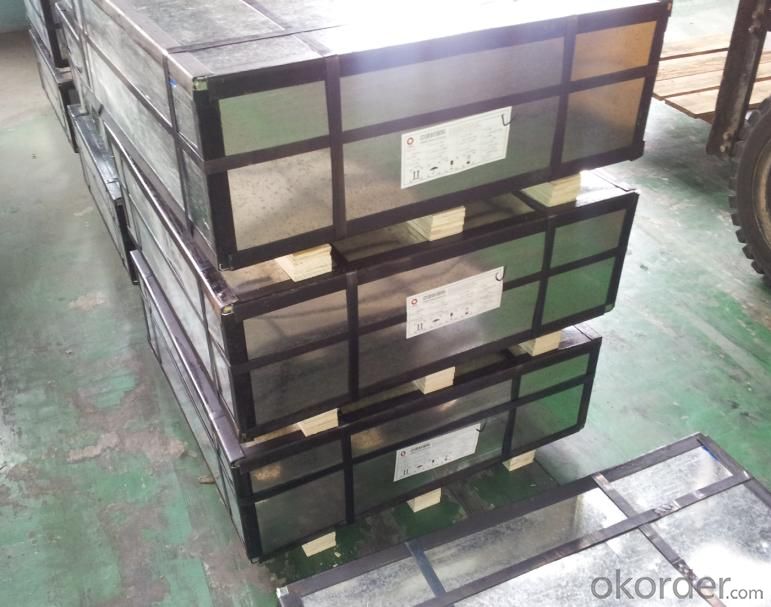
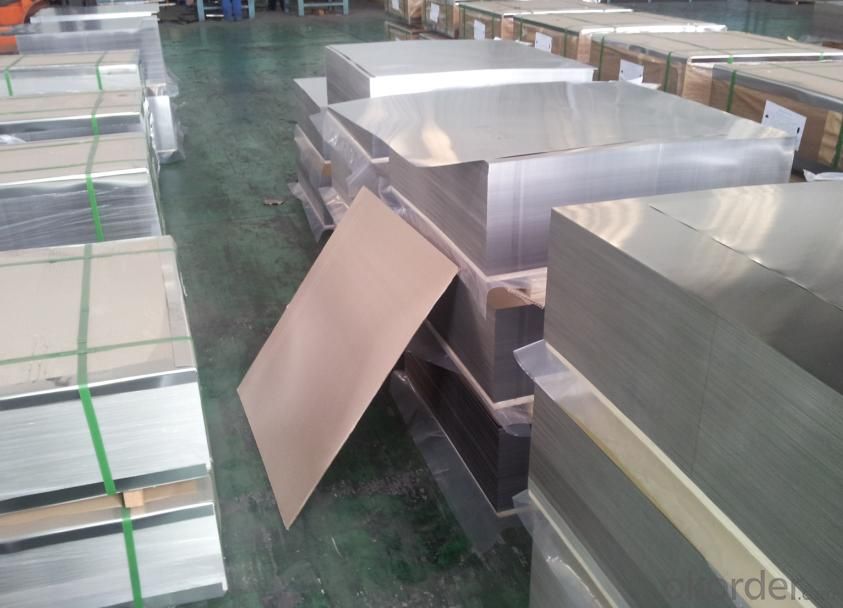
Sandard Seaworth Packing(wooden packing with water proof paper)


If you have any question about stainless steel sheets,donot forget to sending the email to Us! You will get the competitive Price and have a very good experience about the Buying Process! CNBM International Corporation is always your trustful friend!
- Q: Are stainless steel sheets suitable for electrical enclosures?
- Yes, stainless steel sheets are suitable for electrical enclosures. Stainless steel has excellent corrosion resistance and durability, making it ideal for protecting electrical components from environmental factors. It provides a high level of protection against water, dust, and other contaminants, ensuring the safety and longevity of the electrical enclosure. Additionally, stainless steel has good electrical conductivity, making it a suitable material for grounding purposes in electrical enclosures.
- Q: How do stainless steel sheets compare to other types of sheet metals?
- Stainless steel sheets offer several advantages over other types of sheet metals. They are highly resistant to corrosion, making them ideal for applications where exposure to moisture or chemicals is common. Stainless steel sheets are also durable and can withstand high temperatures, making them suitable for various industrial and construction purposes. Additionally, they have an attractive appearance and are easy to clean, making them a popular choice in architectural and decorative applications.
- Q: Can stainless steel sheets be used in construction projects?
- Yes, stainless steel sheets can be used in construction projects. They are commonly used for various applications in construction due to their durability, corrosion resistance, and aesthetic appeal. Stainless steel sheets are often used for roofing, cladding, structural components, and decorative purposes in buildings and infrastructure projects.
- Q: Are stainless steel sheets suitable for water treatment facilities?
- Yes, stainless steel sheets are highly suitable for water treatment facilities. Stainless steel is corrosion-resistant, durable, and can withstand harsh conditions often found in water treatment processes. Additionally, stainless steel sheets are hygienic, easy to clean, and do not react with water or chemicals, making them an ideal choice for such facilities.
- Q: Can stainless steel sheets be used for elevator buttons?
- Yes, stainless steel sheets can be used for elevator buttons. Stainless steel is often chosen for its durability, resistance to corrosion, and sleek appearance, making it a suitable material for elevator buttons that are frequently touched and exposed to various environmental conditions.
- Q: What are the different types of etched patterns available for stainless steel sheets?
- There are several different types of etched patterns available for stainless steel sheets, each offering a unique and visually appealing design. Some of the popular etched patterns include: 1. Diamond Pattern: This pattern features a series of small diamond-shaped indentations etched onto the surface of the stainless steel. It creates a classic and elegant look, often used in architectural applications. 2. Checkerboard Pattern: As the name suggests, this pattern resembles a checkered board, with alternating squares etched onto the stainless steel sheet. It offers a modern and geometric design, commonly used in interior design and decorative applications. 3. Floral Pattern: This pattern incorporates various floral designs etched onto the stainless steel sheet. It adds a touch of elegance and sophistication, often seen in luxury home decor and jewelry. 4. Geometric Pattern: Geometric patterns include a wide range of designs, such as circles, squares, triangles, and other abstract shapes etched onto the stainless steel sheet. These patterns offer a contemporary and artistic look, suitable for both modern and traditional settings. 5. Wave Pattern: This pattern features wavy lines etched onto the stainless steel sheet, creating a sense of movement and fluidity. It is commonly used in architectural projects, giving a dynamic and visually interesting effect. 6. Textured Pattern: Textured patterns involve various textures etched onto the stainless steel sheet, such as brushed, hammered, or linen finishes. These patterns add depth and dimension to the metal, making it ideal for interior design and decorative purposes. 7. Custom Patterns: In addition to the standard etched patterns, there is also the option to create custom patterns based on specific designs or logos. This allows for personalized and unique stainless steel sheets, often used in branding or specialty projects. Overall, the variety of etched patterns available for stainless steel sheets allows for endless possibilities in design and application. Whether it's for architectural, decorative, or industrial purposes, there is a pattern to suit every need and aesthetic preference.
- Q: Are stainless steel sheets suitable for food display cases?
- Yes, stainless steel sheets are suitable for food display cases. Stainless steel is widely used in the food industry due to its hygienic properties and durability. It is resistant to corrosion, staining, and bacterial growth, which makes it an ideal material for food display cases. Stainless steel is also easy to clean and maintain, ensuring a safe and clean food display environment. Additionally, stainless steel has a sleek and modern appearance that enhances the presentation of food items, making it a popular choice for food display cases in various establishments such as bakeries, delis, and supermarkets.
- Q: How do I bend or form stainless steel sheets?
- Bending or forming stainless steel sheets can be achieved through several methods. One common approach is using a sheet metal brake, which allows you to create precise bends by clamping the sheet between a flat surface and a hinged clamp. Alternatively, you can use a vise and hammer to gradually shape the stainless steel by tapping along the desired bend line. Another option is to employ a press brake, a more advanced machine commonly found in metal fabrication shops, to achieve accurate and complex bends. It is important to note that stainless steel is more rigid than other metals, so it may require more force and patience during the bending process. Additionally, using proper safety equipment, such as gloves and eye protection, is essential to ensure personal safety while working with stainless steel sheets.
- Q: Can stainless steel sheets be used in food processing applications?
- Yes, stainless steel sheets can be used in food processing applications. Stainless steel is a popular choice for food processing equipment due to its excellent corrosion resistance, durability, and hygienic properties. It is highly resistant to staining, rusting, and contamination, making it suitable for direct contact with food. Stainless steel sheets are commonly used for surfaces such as countertops, work tables, and food preparation areas in commercial kitchens and food processing facilities. Additionally, stainless steel is easy to clean and maintain, which is crucial in ensuring food safety and compliance with industry regulations.
- Q: How do I prevent stress corrosion cracking on stainless steel sheets?
- To prevent stress corrosion cracking on stainless steel sheets, you can follow a few key steps. First, ensure that the stainless steel is properly cleaned and free from any contaminants that may promote corrosion. Additionally, avoid exposing the stainless steel sheets to environments with high chloride concentrations or acidic substances as they can accelerate stress corrosion cracking. It is also important to reduce any residual stresses in the material by utilizing proper fabrication techniques and avoiding excessive cold working. Finally, selecting the appropriate stainless steel grade for the specific application, such as those with improved resistance to stress corrosion cracking, can greatly help in preventing this type of corrosion.
Send your message to us
Stainless Steel Sheet Food with Low Price
- Loading Port:
- Shanghai
- Payment Terms:
- TT OR LC
- Min Order Qty:
- 10000 m.t.
- Supply Capability:
- 5000000 m.t./month
OKorder Service Pledge
OKorder Financial Service
Similar products
Hot products
Hot Searches
Related keywords
